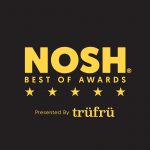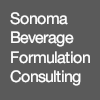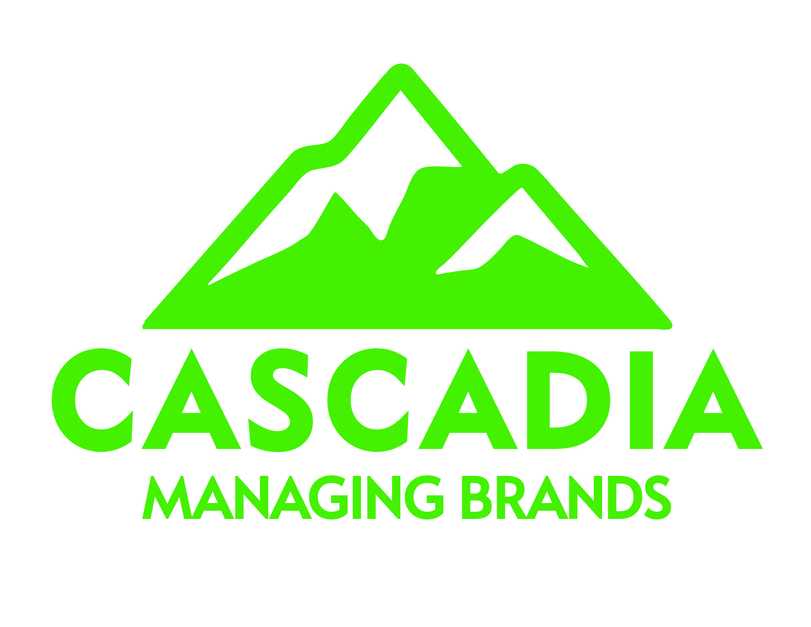The Reinvention of a Classic: How Honey Became the New Hero of Clean-Label Foods
SPONSORED CONTENT FROM Sweet Harvest Foods
For years, honey sat quietly on the shelf as a familiar bottle with little pull. But as the clean-label movement reshapes grocery aisles and consumer habits, honey has emerged as one of the most enduring ingredients in food today. Consumers who once counted calories now count ingredients, and they are reaching for simple, real functional food that feels both familiar and new.
Consumers spend 1.5 billion dollars on honey each year, and it’s one of the fastest-growing foods in grocery stores. Most are buying their honey bottled, the most recognizable format, but one company is changing that. Nate’s Honey, the largest branded honey player, is reinventing how and when people think about honey. It sells millions of bottles annually; however, its recent growth comes from understanding the honey’s versatility and how consumers recognize honey as far more than just a sweetener. The company is using those insights to create new products, packaging and formats that meet modern needs for wellness, convenience and authenticity.
Following the Functional Food Wave
Driven by Millennials and Gen Z consumers who approach wellness as a daily practice, the fastest-growing food categories now go beyond “better for you.” They center on ingredients that serve multiple functions such as fueling energy, supporting immunity or promoting gut health.
Across the United States, sales of functional food and beverages surpassed 100 billion dollars in 2024 and are expected to nearly double by 2030 as consumers look for simpler, purpose-driven nutrition. Shoppers want foods that provide a clear benefit such as focus, recovery or energy without complicated formulas or long ingredient lists. Six in ten Americans now believe that food can be as powerful as medicine.
Across every aisle, from water to yogurt, brands are asking how to add more function to their products. Nate’s Honey starts from a different place. Honey is already functional by nature. The opportunity lies in how it reaches people—through formats and experiences that fit different lifestyles while keeping the ingredient exactly as it is.
Honey is rich in antioxidants, amino acids and trace enzymes. Its antibacterial and prebiotic properties rival many of the same benefits promoted by emerging “superfood” categories such as kombucha and turmeric. Unlike many functional products that rely on added ingredients or synthetic compounds, honey’s functionality is inherent. Nate’s Honey is simply finding modern ways to deliver it.
More than Just Sweet
Honey is known for its taste and quality. Nate’s Honey brings both those things to the table while focusing on how people actually use it.
According to Nate’s Honey 2024 attitude and usage data, 71 percent of its core users buy honey for its health benefits. They reach for it before or after a workout for natural energy, stir it into coffee for a functional boost or squeeze honey minis straight from the packet as a quick, natural pick-me-up.
Nate’s Honey Minis became one of the brand’s fastest-growing products almost immediately. They are portable, mess-free and ideal for people seeking natural energy before a run or a small wellness lift during a busy day. Compared to traditional sweeteners or even plant-based syrups, honey provides energy that is clean, recognizable and free of artificial processing.
In addition to formats, new kinds of honey expand its use cases. Hot honey brought culinary excitement from restaurant menus—pizza, fried chicken, cocktails—into home kitchens. Manuka honey meets wellness demand; organic honey answered calls for USDA-certified clean-label products with traceable sourcing. Flavored honey caters to entertaining, gifting and exploring more flavor combinations. Each new format followed consumer behavior, expanding honey’s relevance into new moments of use.
The Manuka Movement
Few products demonstrate honey’s power like Manuka honey. Sourced exclusively from New Zealand, Manuka honey contains bioactive compounds known to support immunity and healing. In a market where consumers compare everything from probiotic sodas to adaptogenic snacks, Manuka honey offers science-backed credibility and a direct connection to nature.
Nate’s Honey brought Manuka honey to a broader audience by making it approachable and accessible. The launch of Nate’s Manuka Honey Minis turned what was once a premium product accessible only in a jar, into something portable and every day. Each packet delivers authentic raw Manuka honey in a clean, grab-and-go format that fits into gym bags, lunch boxes and desk drawers. The product competes with vitamins, supplements and other on-the-go wellness products but uses only one ingredient.
Manuka included, Honey Mini innovation makes major impact. Success of this format shows how powerful convenience and credibility can be when paired with natural functionality.
Capturing the Next Generation
The dominance of Nate’s Honey among younger shoppers tells the story best. According to Numerator data, Nate’s Honey is now the number-one branded honey among Millennial and Gen Z consumers, with more than half of purchasers choosing it, 15 percent above the branded competitive average.
Younger consumers are driving the functional food revolution. They want products that improve physical energy, mental focus and athletic performance. They look for foods that fit active lifestyles, support wellness goals and align with transparent sourcing.
Nate’s Honey meets them where they are. The brand made a centuries-old ingredient feel relevant and shareable. Tens of thousands of consumers, especially moms and athletes, share Nate’s Honey products organically across social platforms. Partnerships with athletes and health-minded creators show honey’s role as a natural and functional fuel, something few foods can boast on their own.
Growth that Sticks
Nate’s Honey brought nearly 600,000 new households into the fold in the past year alone, growing at a double-digit rate that far outpaces the category’s 5.8 percent growth. The brand now reaches more than 7.3 million households and continues to gain share across retail. With one of the highest repeat purchase rates in the category; fans are also integrating the brand into their daily life.
The broader honey category continues to expand as well. Nearly 74 million U.S. households now buy honey, and within food staples, honey is outpacing pantry icons like peanut butter, jelly, ketchup and mustard in household growth.
The Key? Listen, then Lead
Nate’s Honey strategy is simple: listen closely to consumers and align the all-natural benefits of honey with consumer needs.
That meant recognizing honey’s potential as a functional food early, developing formats that make it accessible and speaking authentically to a new generation of health-minded shoppers. Most importantly, it means understanding that honey’s opportunity is not as a better sweetener; it’s as a versatile, functional food that bridges wellness and everyday eating.
Honey’s rise from pantry standby to functional staple shows how an ingredient rooted in tradition can also define the future of food.
















